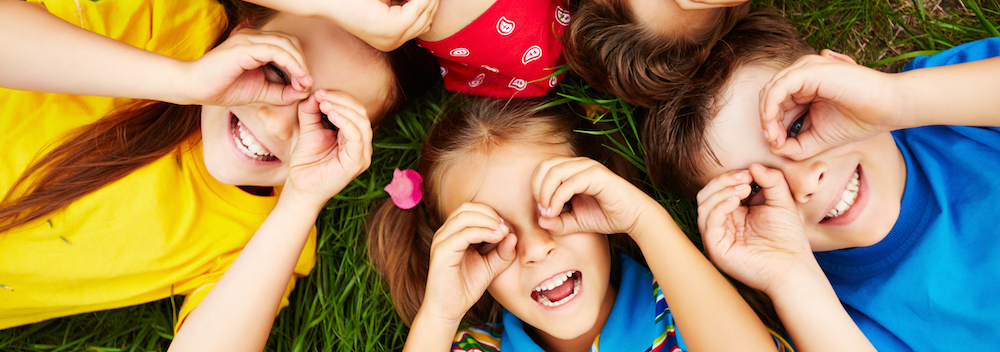Over the past twenty years, tremendous progress has been made by neuroscientists in understanding how our brains work thanks to cutting-edge technology like Magnetic Resonance Imagery (MRI) and Electroencephalography (EEG). The brain is a complex organ: it is made of 100 billion neurons that fire on average 200 times per second, thereby sending trillions of messages throughout our bodies and making neuroscience one of the most exciting research fields of this century.
What are the key findings on the brain and learning and how can we apply them to education?
Learning is the acquisition of new information; it involves actively constructing neural networks that functionally connect many areas of the brain.
Our brains are constantly making thousands of assumptions, causing each neuron to make thousands of connections with other neurons. When those assumptions are validated (positive feedback), learning is validated and connections become systematic “neurons that fire together wire together”. When those assumptions are invalidated (negative feedback), a new assumption replaces the former one. This constant iteration (learning algorithm) inside our brains accounts for brain plasticity in childhood and far beyond: our brains are not fixed or static, they are incredible learning machines throughout our lives.
Memory allows this information to be stored and then recalled as needed at a later time. Indeed, over time the connections that are activated more often will be strengthened, constituting long-term memory, while those that are not will be weakened or pared away “use it or lose it”.
Research has shown that teachers teach better and students learn better when students know how their brains work: students need to know they have the ability to rewire their brain to make themselves better learners at any point in time.
Emotions are the most powerful lever on learning
Today, there are millions of students who are sitting in their classroom and are unable to learn because they are overwhelmed by their emotions. Their neocortex (the part of the brain involved in learning) is hijacked by soaring anxiety, fear, and anger stemming from unprecedented exposure to violence and trauma. In the US, 5.6 million students have been exposed to 3 or more Adverse Childhood Experiences (ACEs) and 3 million are bullied every year. Difficult emotions don’t stay at the door; hence teachers play a crucial role in supporting their students social and emotional needs before focusing on academic learning.
Teaching students how to identify, label, express, and manage their emotions is a prerequisite for them to access any type of learning. Teachers should be trained and provided with adequate tools that foster emotional regulation and empathy among their students, such as the science-based Wisdom pedagogy by Better Kids or other social and emotional learning tools developed by for-profits and non-profits.
Cognitive science has identified four additional success factors in learning, summarized by French neuroscientist Stanislas Dehaene, as the 4 Pillars of Learning:
1. Focus
Whether we like it or not, humans are not good at multi-tasking. Several experiments have shown that it is very difficult for our brains to pay attention to more than one component at a time.
Attention and focus is the filtering mechanism that allows us to select information and to adjust processing. Learning how to capture and channel student’s attention is crucial for learning. When teaching students the learning objective must be clear and any distraction from that goal should be removed.
2. Active Engagement
Research has shown that a passive organism does not learn. Students should, therefore, be active in their learning with frequent (self-) testing being one of the levers.
3. Immediate Feedback
As we saw earlier, our brains are constantly making predictions and adjusting those predictions depending on the feedback it collects. Feedback is therefore essential for brains to process and readjust the learning depending on the positive or negative feedback received.
A safe space for trial and error should be provided to students, and errors should be valued by teachers just as much as success. Indeed, errors are fertile for our brains and help them build new hypotheses. Any stress linked to errors inhibits our learning potential.
4. Consolidation
When we learn something new, our prefrontal cortex is highly solicited, mobilizing all our resources to achieve this learning. When we repeat a task over and over, the learning gradually shifts to faster, more efficient, unconscious networks freeing up space for new learning.
If those 4 pillars were the pillars of the house of learning, its walls might be emotional regulation and its roof might well be sleep. Sleep is vastly underrated for children (and adults), however, it is essential for sustained learning. Our brain algorithms repeat everything they learned during the day, encoding new hypotheses for the next day that positively nourish our life-long journey of learning!



